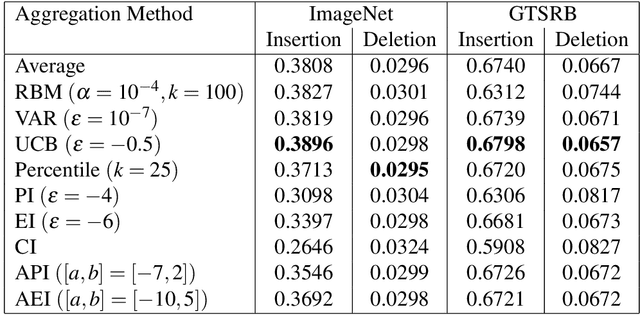Yannik Mahlau
Mastering Zero-Shot Interactions in Cooperative and Competitive Simultaneous Games
Feb 05, 2024



Abstract:The combination of self-play and planning has achieved great successes in sequential games, for instance in Chess and Go. However, adapting algorithms such as AlphaZero to simultaneous games poses a new challenge. In these games, missing information about concurrent actions of other agents is a limiting factor as they may select different Nash equilibria or do not play optimally at all. Thus, it is vital to model the behavior of the other agents when interacting with them in simultaneous games. To this end, we propose Albatross: AlphaZero for Learning Bounded-rational Agents and Temperature-based Response Optimization using Simulated Self-play. Albatross learns to play the novel equilibrium concept of a Smooth Best Response Logit Equilibrium (SBRLE), which enables cooperation and competition with agents of any playing strength. We perform an extensive evaluation of Albatross on a set of cooperative and competitive simultaneous perfect-information games. In contrast to AlphaZero, Albatross is able to exploit weak agents in the competitive game of Battlesnake. Additionally, it yields an improvement of 37.6% compared to previous state of the art in the cooperative Overcooked benchmark.
Fidelity of Ensemble Aggregation for Saliency Map Explanations using Bayesian Optimization Techniques
Jul 05, 2022



Abstract:In recent years, an abundance of feature attribution methods for explaining neural networks have been developed. Especially in the field of computer vision, many methods for generating saliency maps providing pixel attributions exist. However, their explanations often contradict each other and it is not clear which explanation to trust. A natural solution to this problem is the aggregation of multiple explanations. We present and compare different pixel-based aggregation schemes with the goal of generating a new explanation, whose fidelity to the model's decision is higher than each individual explanation. Using methods from the field of Bayesian Optimization, we incorporate the variance between the individual explanations into the aggregation process. Additionally, we analyze the effect of multiple normalization techniques on ensemble aggregation.
 Add to Chrome
Add to Chrome Add to Firefox
Add to Firefox Add to Edge
Add to Edge